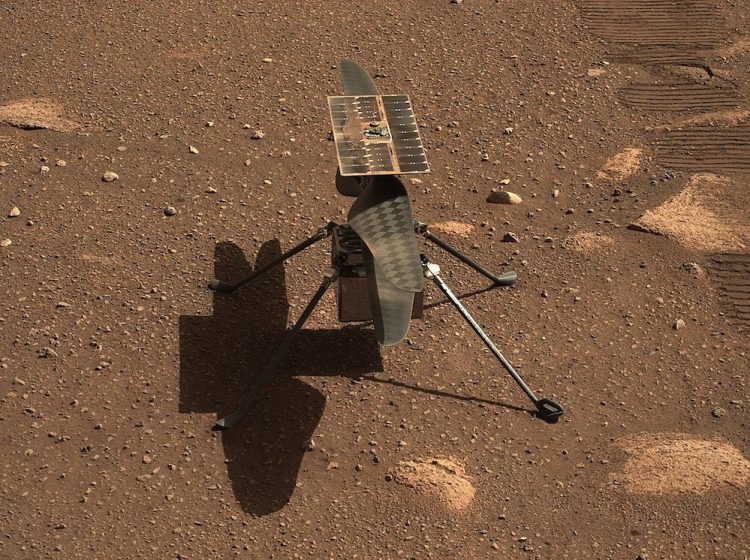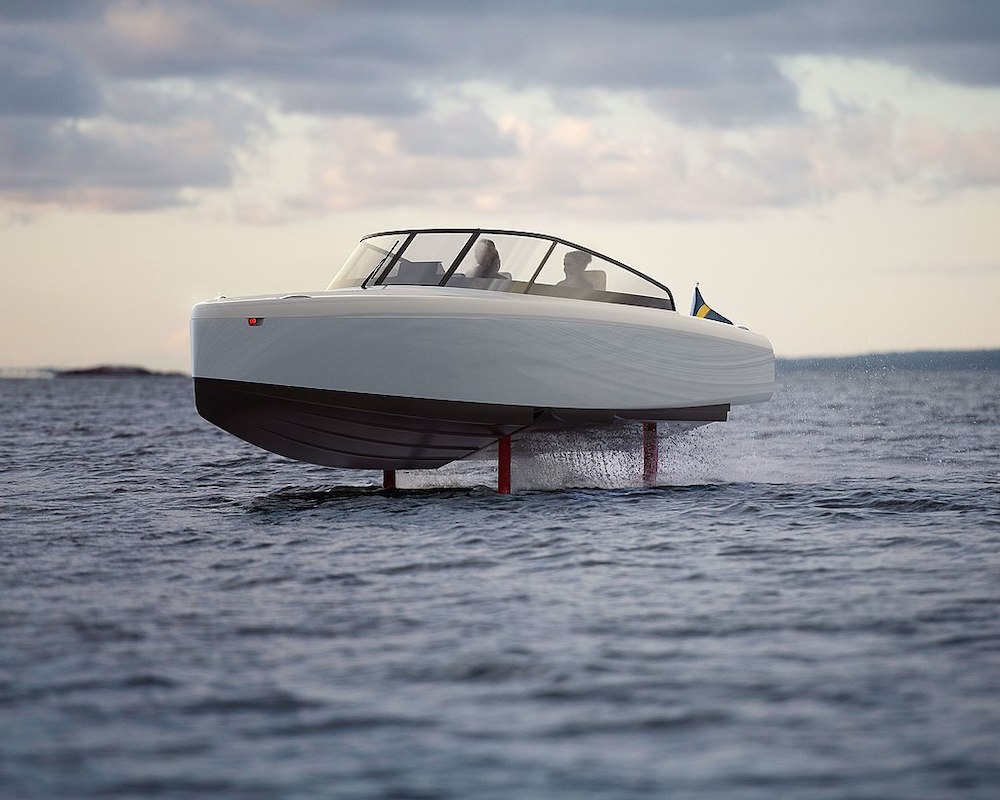The American space agency NASA has released a video showcasing the flights of its helicopter Ingenuity on Mars, serving as evidence of the extensive work accomplished by this aircraft over the past three years.
The video was released by NASA’s Jet Propulsion Laboratory and depicts the path traveled by Ingenuity during its 72 flights on the Red Planet. Each flight is connected in the video, with the total length of flights recorded by the 1.8-kilogram aircraft amounting to 17 kilometers. This is 14 times more than the initial plan.
Ingenuity arrived on Mars nestled within NASA’s Perseverance rover, which touched down in the Jezero Crater in February 2021. While the aircraft was designed as a technology demonstration, its main task was to prove the feasibility of aerial exploration of Mars despite the planet’s thin atmosphere, which is only 1% of Earth’s atmospheric density.
Ingenuity successfully completed its primary mission during five flights conducted in the spring of 2021. It then embarked on an extended mission, serving as a scout for the Perseverance rover in its search for signs of life and during sample collection.
The extended mission lasted much longer than anticipated. However, on January 18, Ingenuity experienced an incident where its rotors were damaged due to a rough landing. This rendered it stationary and unable to fly, but it is not “dead.” It now functions as a weather station and technology demonstrator, collecting data that could aid future Mars explorers.
Retrieving this data will soon require a physical meeting on the Red Planet. Ingenuity currently transmits all its data via Perseverance, but the car-sized rover will soon disappear from the horizon, leaving its small partner alone.
Ingenuity’s success could pave the way for more extensive aerial exploration of Mars in the future. Mission team members are already working on designing a larger and more capable aircraft capable of gathering various scientific data on the Red Planet.
Mars is not the only location where NASA plans to use drones. The launch of the Dragonfly spacecraft to Saturn’s massive moon Titan is scheduled for 2028. Titan contains lakes, seas, and rivers of liquid hydrocarbons. Dragonfly, weighing 450 kilograms, will “hop” from place to place on Titan, exploring its environment and assessing its habitability.









